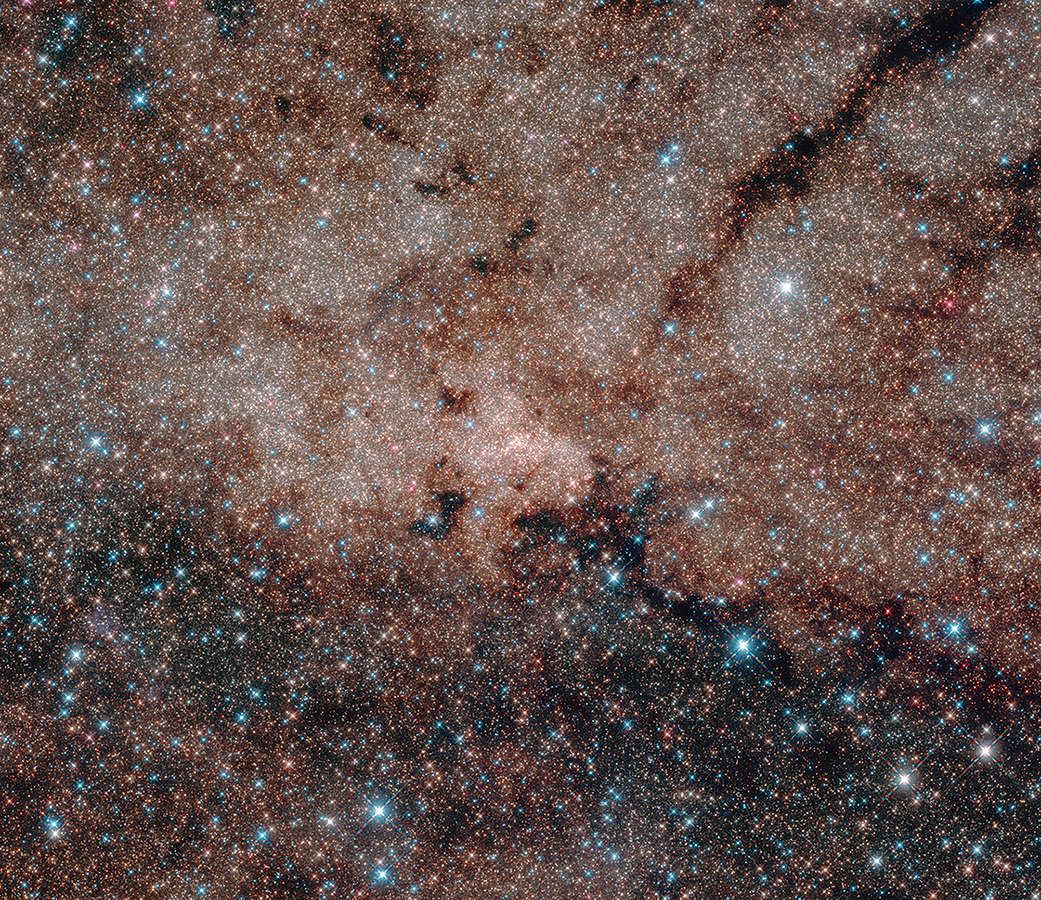Out of 32 proposals, NASA decided on the GUSTO mission as the project of choice to launch in December 2021. The terahertz sensors aboard the balloon-launched mission will be made in the Netherlands.
Dr. Jian Rong Gao was excited by the NASA press release last Friday. It says that the Gusto mission was selected as the mission to be built in the next few years.
‘NASA has determined that Gusto (Galactic/extragalactic ULDB spectroscopic terahertz observatory) has the best potential for excellent science return with a feasible development plan,’ says the press release.
The terahertz sensors on the mission will be made at Gao’s lab at the section quantum nanoscience from the TU Delft Faculty of Applied Sciences (TNW) in collaboration with the Dutch organisation for space research SRON.
The sensors have been tried and tested in the STO2 mission (Stratospheric Terahertz Observatory) that was launched shortly before Christmas last year. The sensors are tuned to 1.4, 1.9 and 4.7 THz respectively to observe the presence of nitrogen, carbon and oxygen.
The 2021 mission will feature three eight-pixel cameras and other equipment necessary for the ultra-sensitive detection of terahertz radiation from the cosmic material between the stars. Dr. Christopher Walker of the University of Arizona will be the principal investigator on the project.
NASA says it has selected a science mission that will measure emissions from the interstellar medium. This data will help scientists determine the life cycle of interstellar gas in our Milky Way galaxy, witness the formation and destruction of star-forming clouds, and understand the dynamics and gas flow in the vicinity of the centre of our galaxy.



Comments are closed.